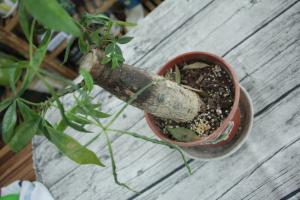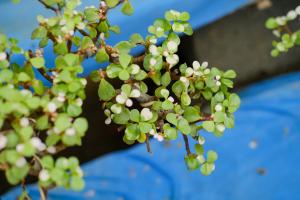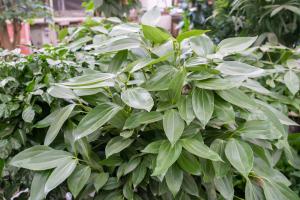Introduction
Plants are the primary producers in our ecosystem, responsible for converting sunlight into energy through photosynthesis. One of the unique features of plants is the presence of a cell wall. The plant cell wall provides structural support, protection, and regulation of cell growth and differentiation. But what is a plant cell wall made of? Let's explore the answer to this question.
Cellulose
Cellulose is the main component of the plant cell wall. It is a complex carbohydrate made up of glucose molecules linked together by beta-1,4 glycosidic bonds. These glucose molecules create long chains that are then organized into parallel bundles called microfibrils. The microfibrils provide the plant cell wall with its strength and rigidity, enabling it to maintain its shape and resist pressure.
Hemicellulose and Pectin
In addition to cellulose, the plant cell wall also contains other carbohydrates, including hemicellulose and pectin. Hemicellulose is a smaller and more branched carbohydrate than cellulose, and it plays a crucial role in connecting the cellulose microfibrils together, further strengthening the cell wall. Pectin is a complex polysaccharide that plays a role in the adhesion of neighboring cells, as well as in regulating plant growth and development.
Lignin
Another essential component of the plant cell wall is lignin. Lignin is not a carbohydrate but rather a complex polymer made up of phenolic compounds. Lignin is responsible for the rigid and woody structure of plants like trees and is important for water transport, disease resistance, and protection against environmental stressors like UV light and insect predation. Lignin is also partially responsible for the brown color of decaying plant matter like leaves.
Conclusion
In summary, the plant cell wall is a complex and dynamic structure comprised primarily of cellulose, hemicellulose, pectin, and lignin. These components work together to provide strength, protection, and regulation of plant growth and development. Understanding the composition and function of the plant cell wall is essential for advancing our knowledge of plant biology and for developing ways to improve crop growth and yield.

 how many times do yo...
how many times do yo... how many planted tre...
how many planted tre... how many pine trees ...
how many pine trees ... how many pecan trees...
how many pecan trees... how many plants comp...
how many plants comp... how many plants can ...
how many plants can ... how many plants and ...
how many plants and ... how many pepper plan...
how many pepper plan...
































